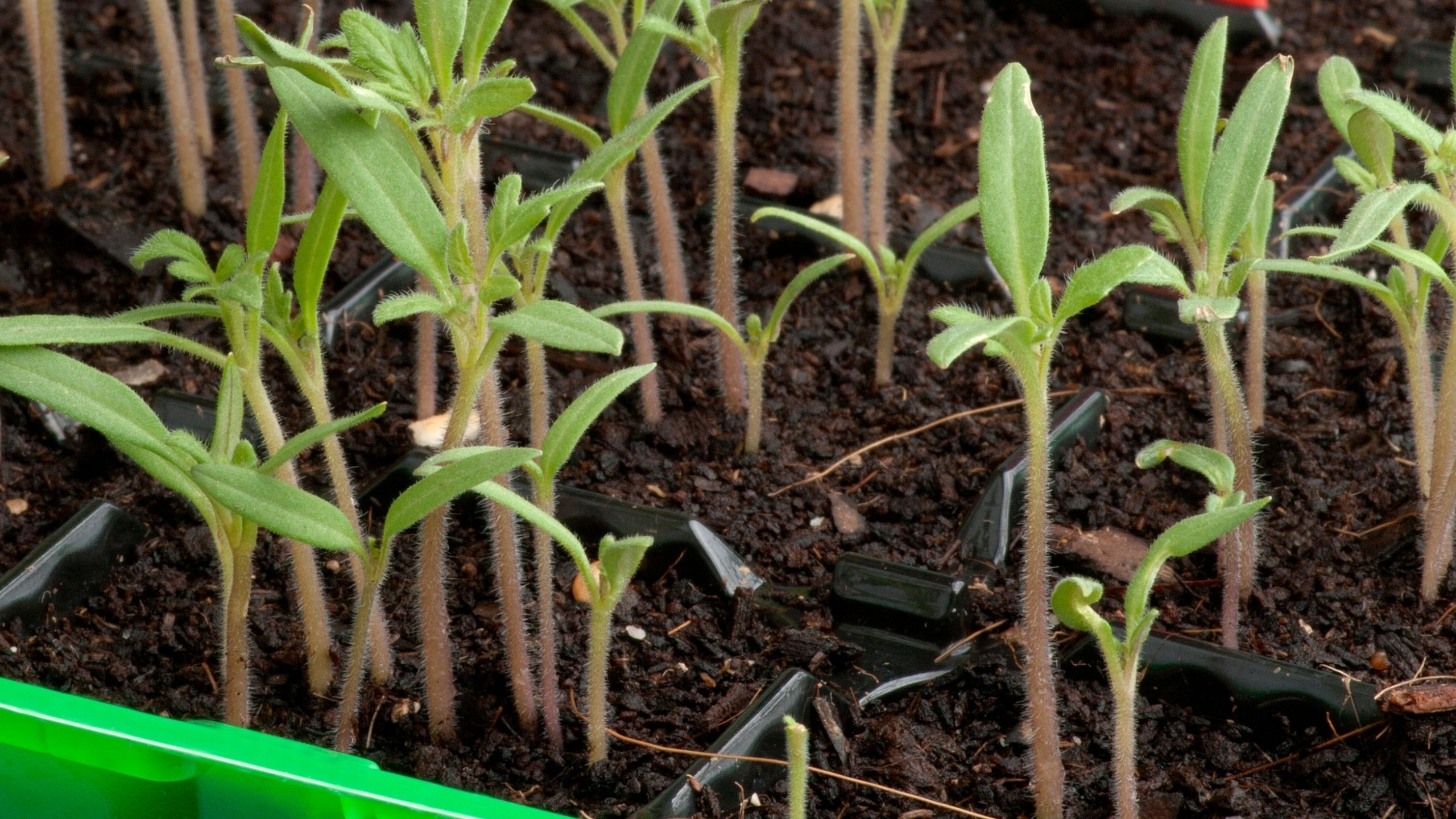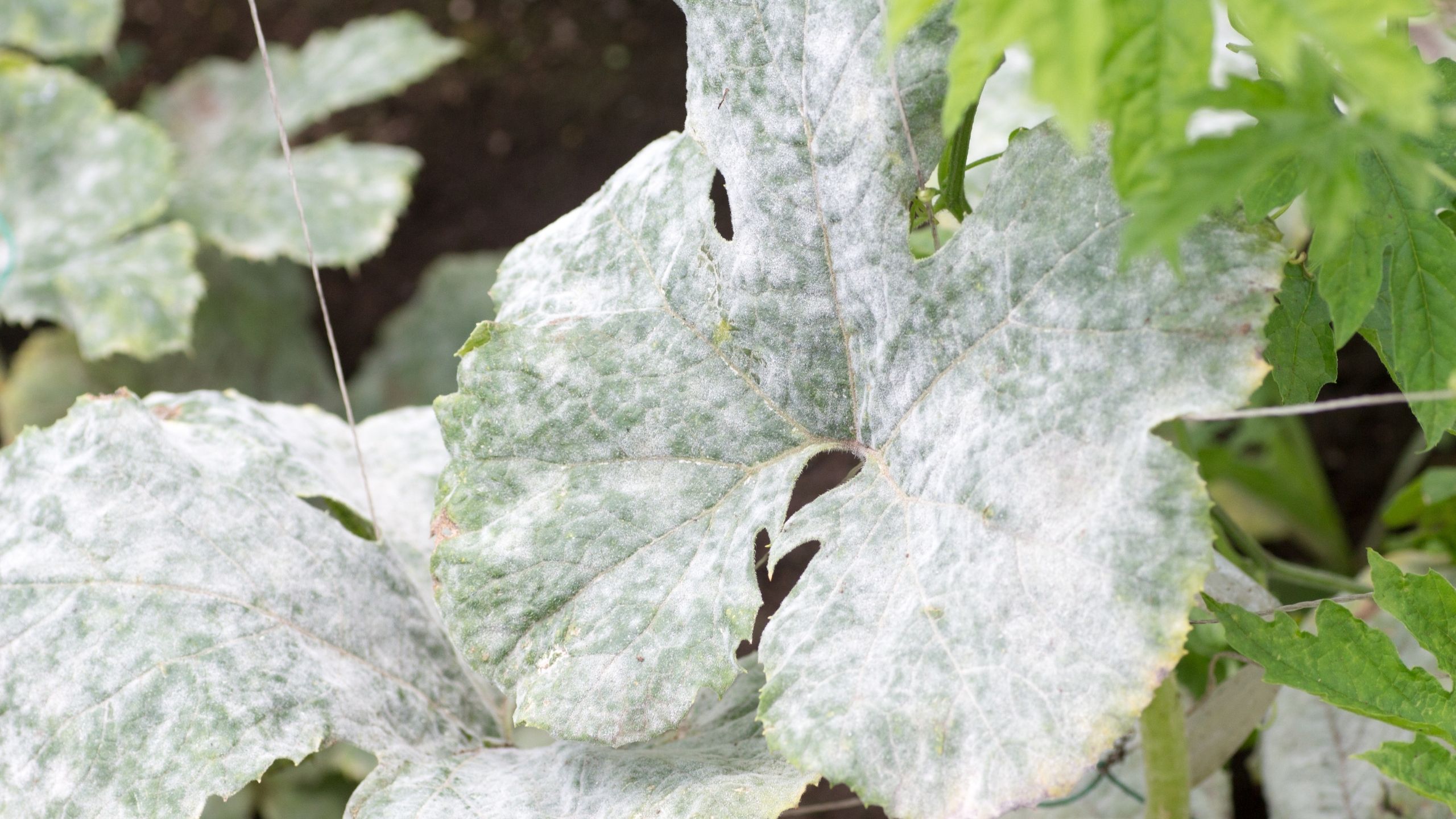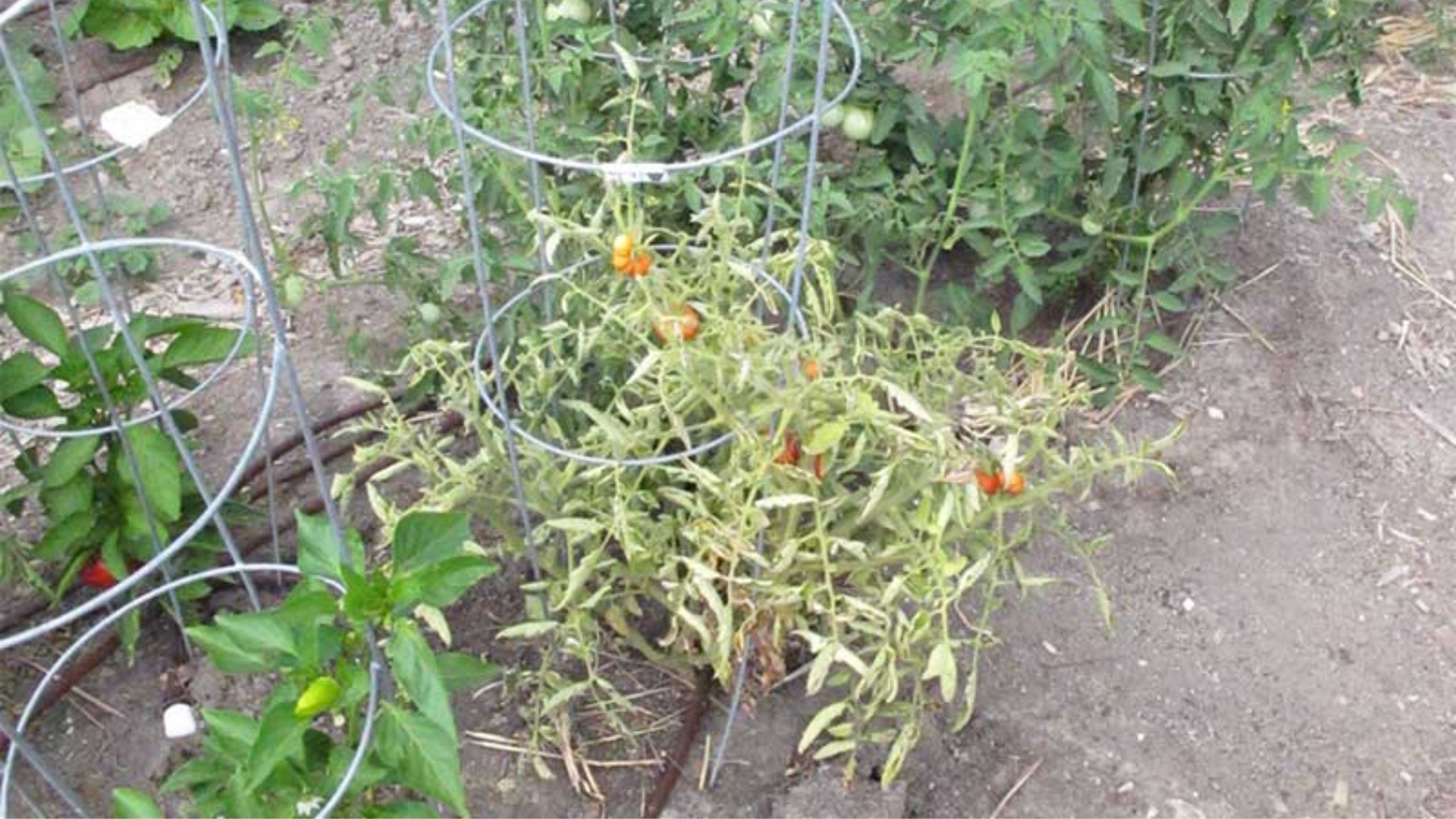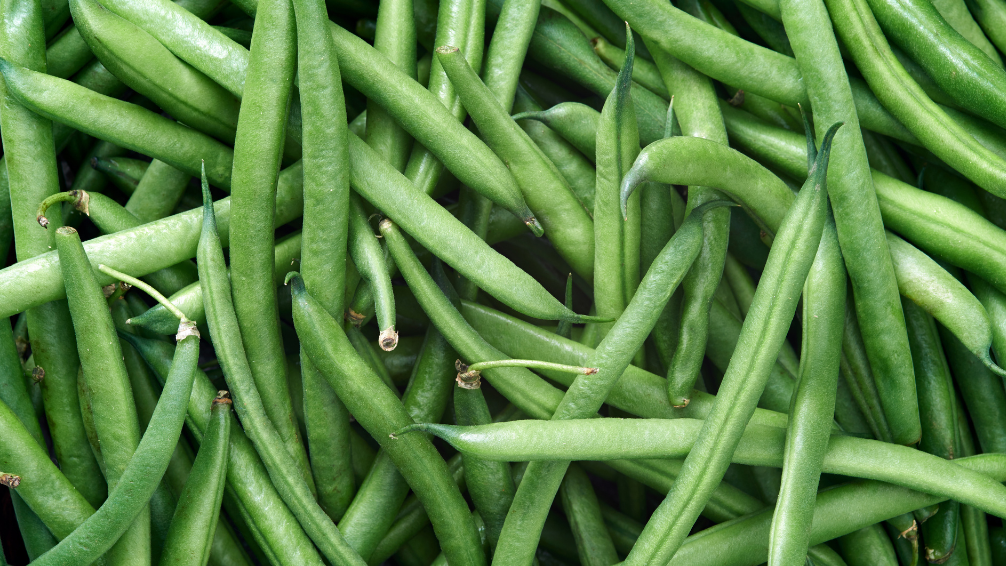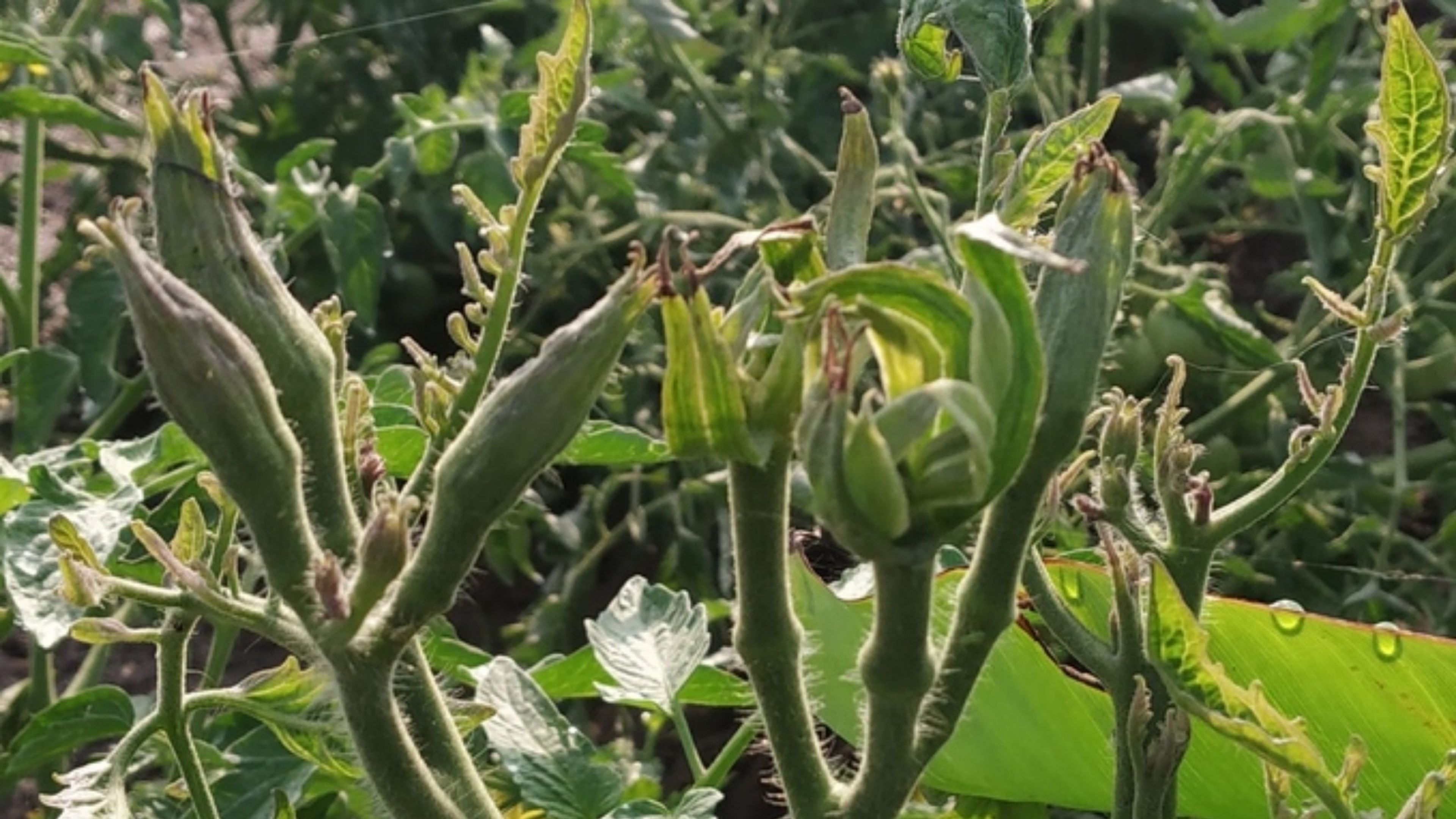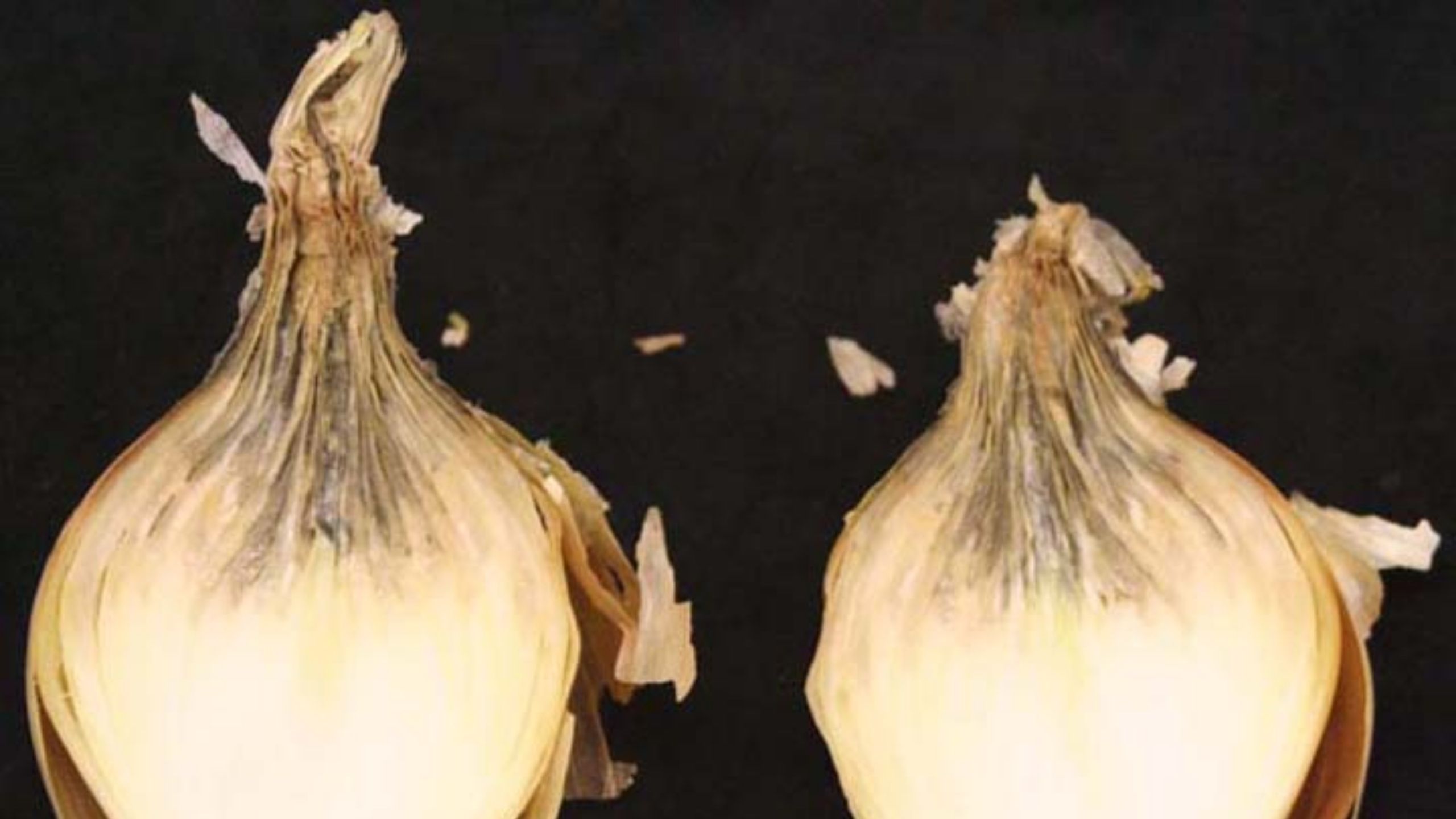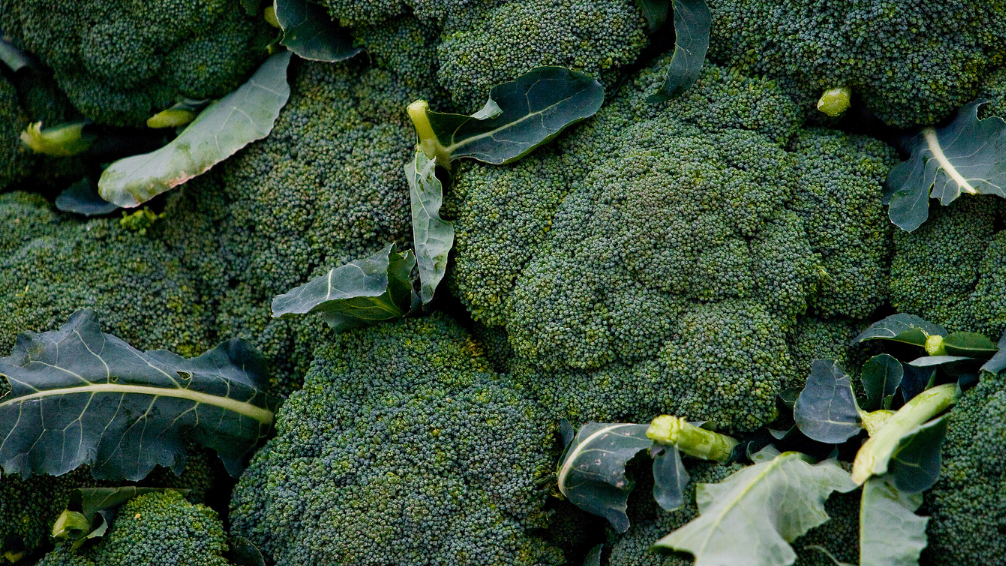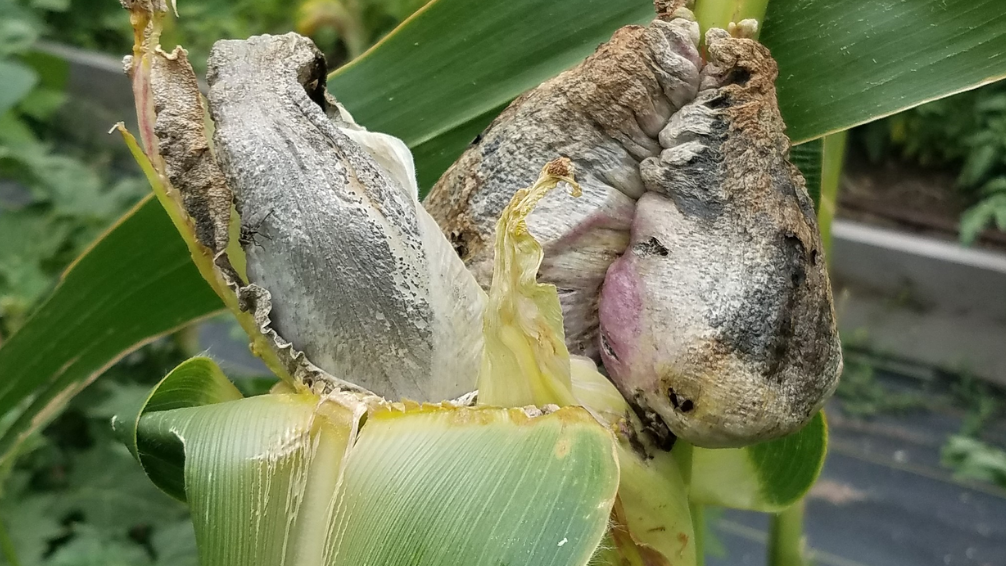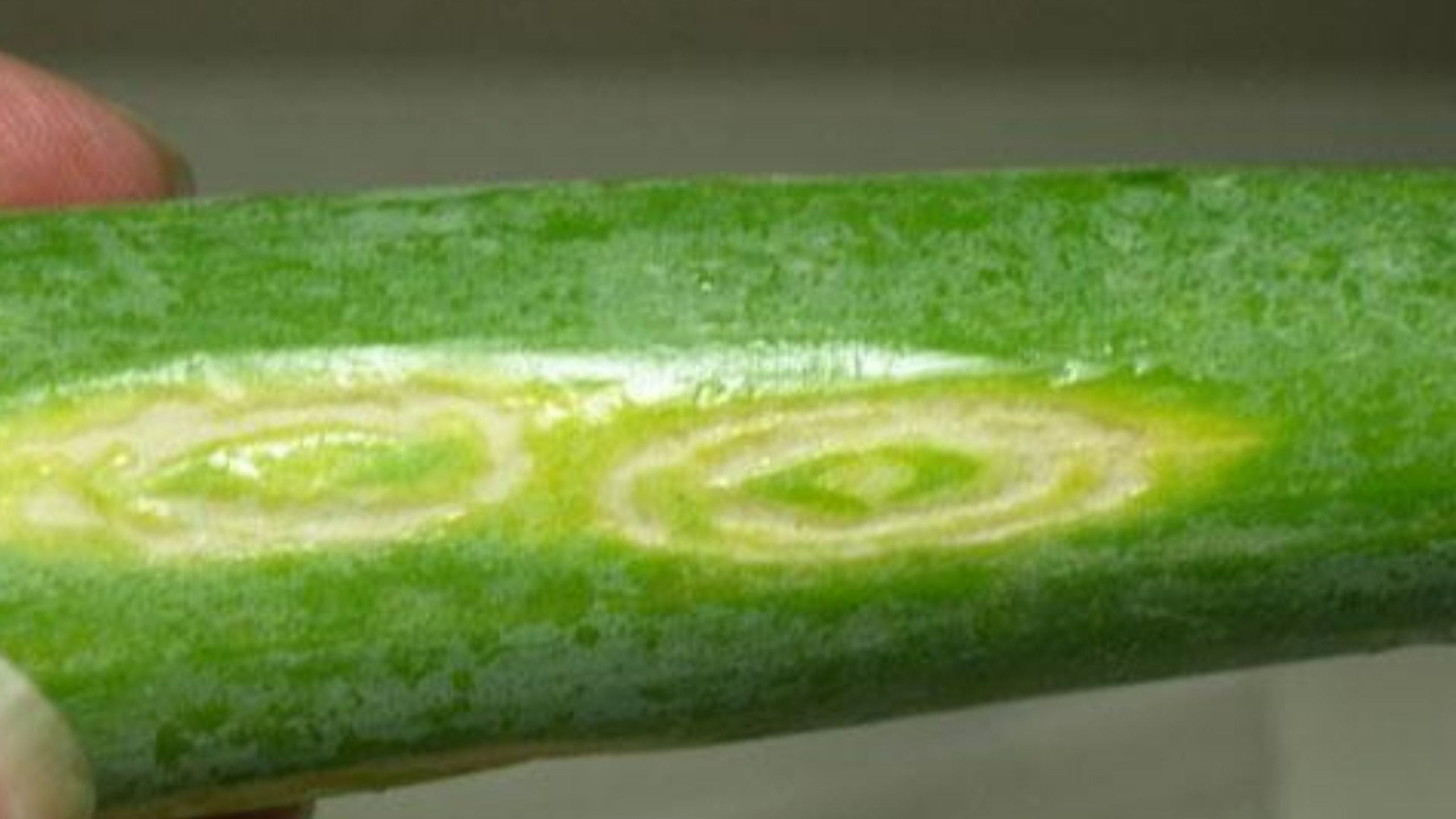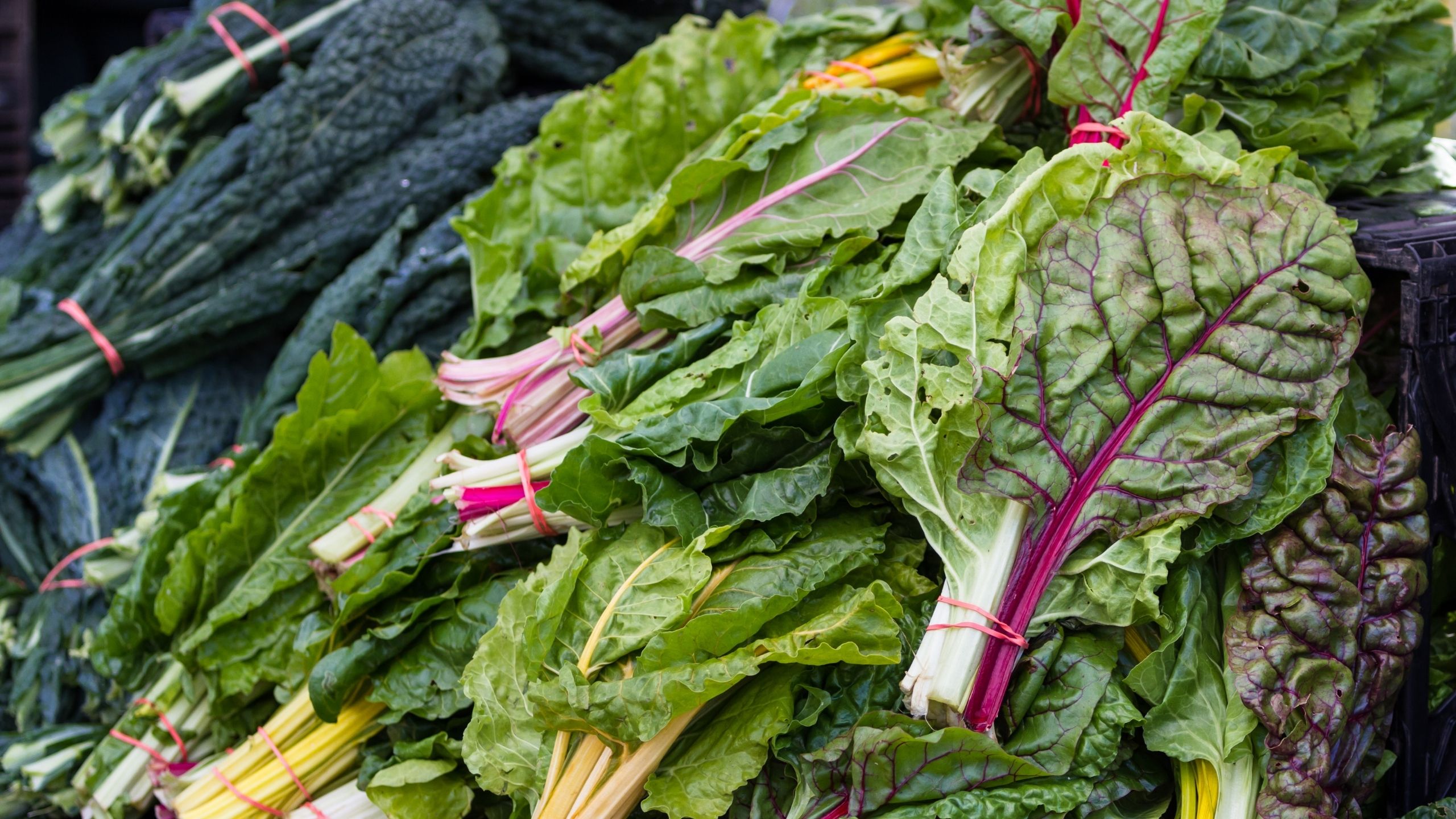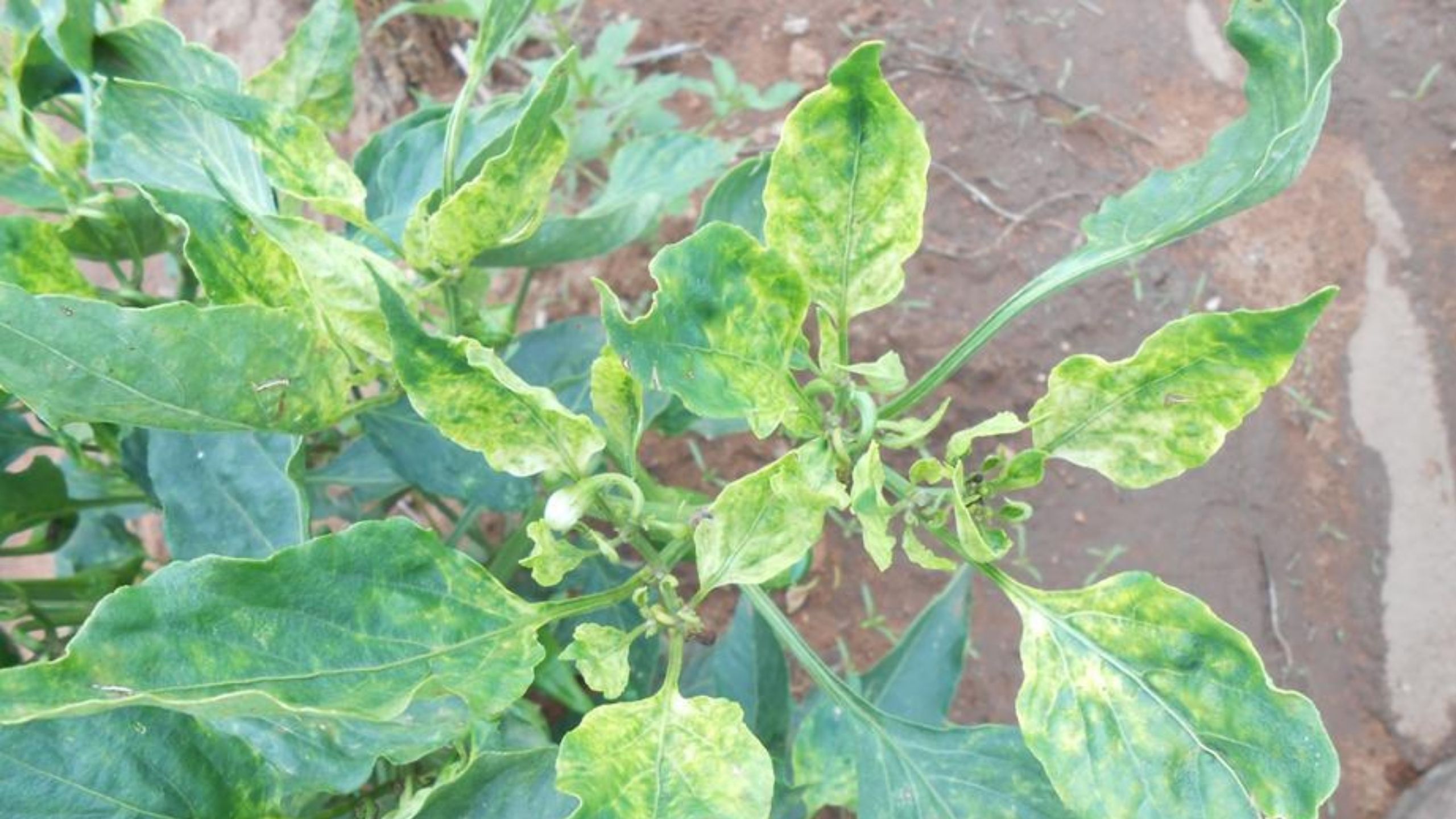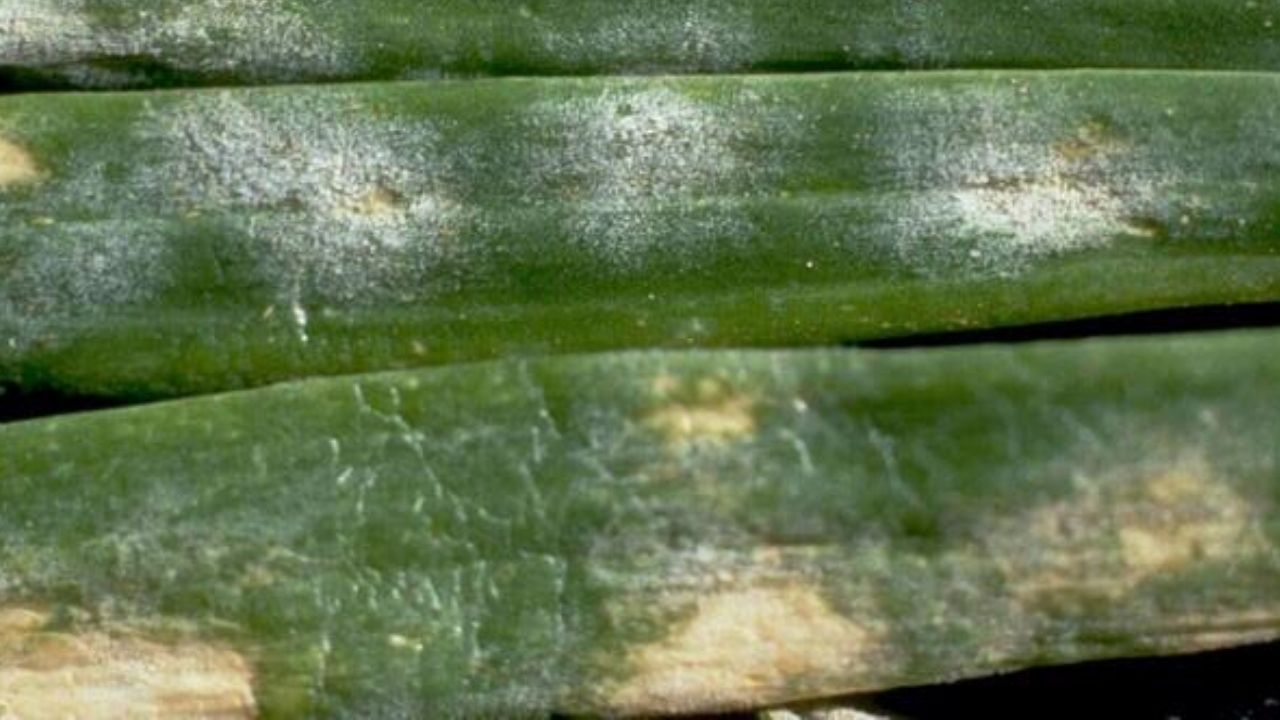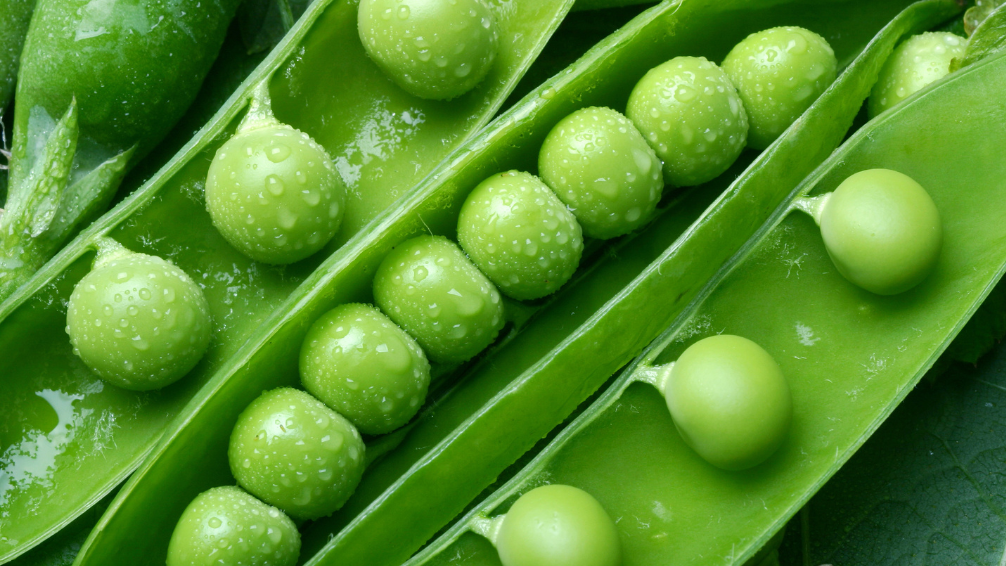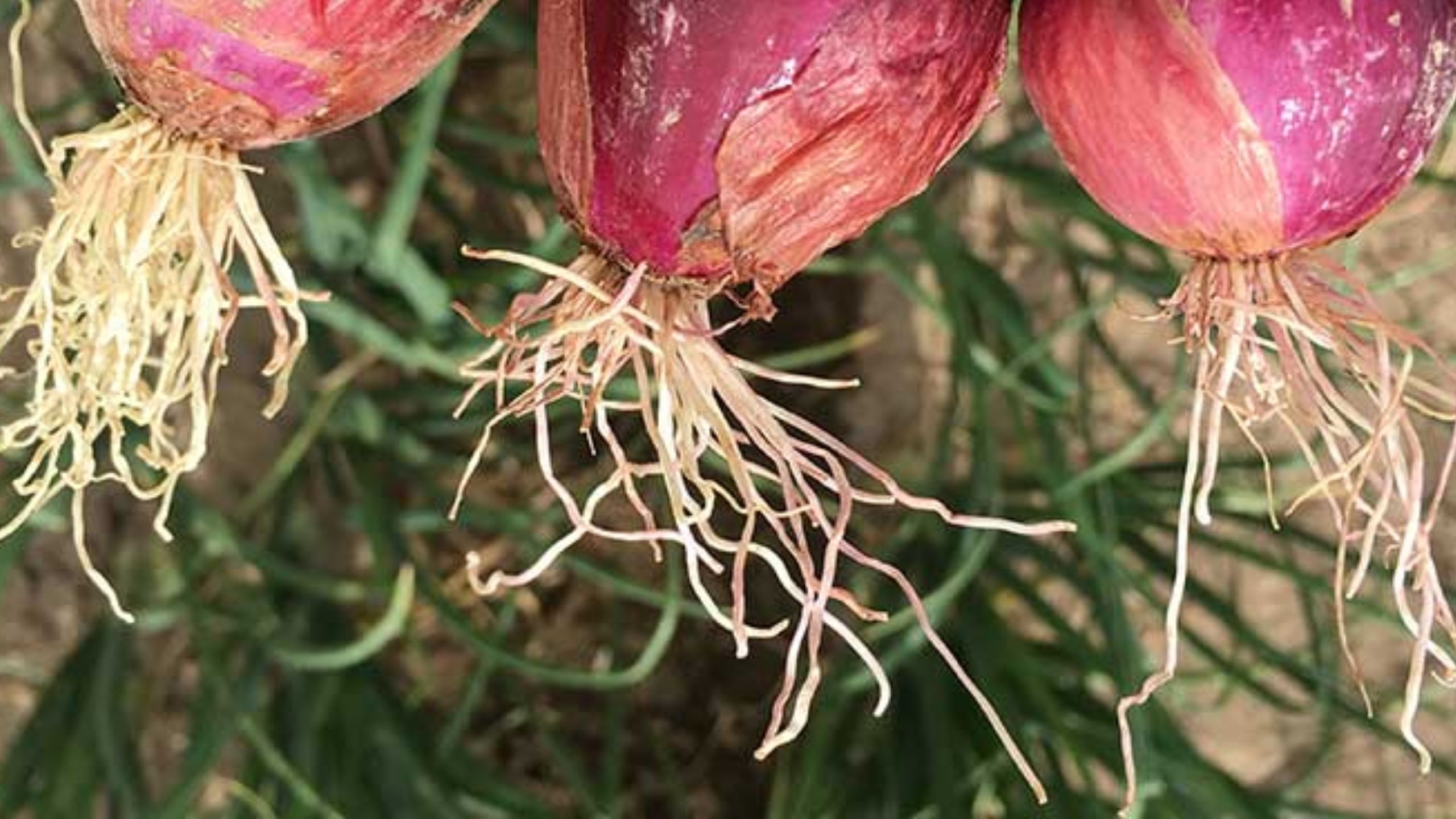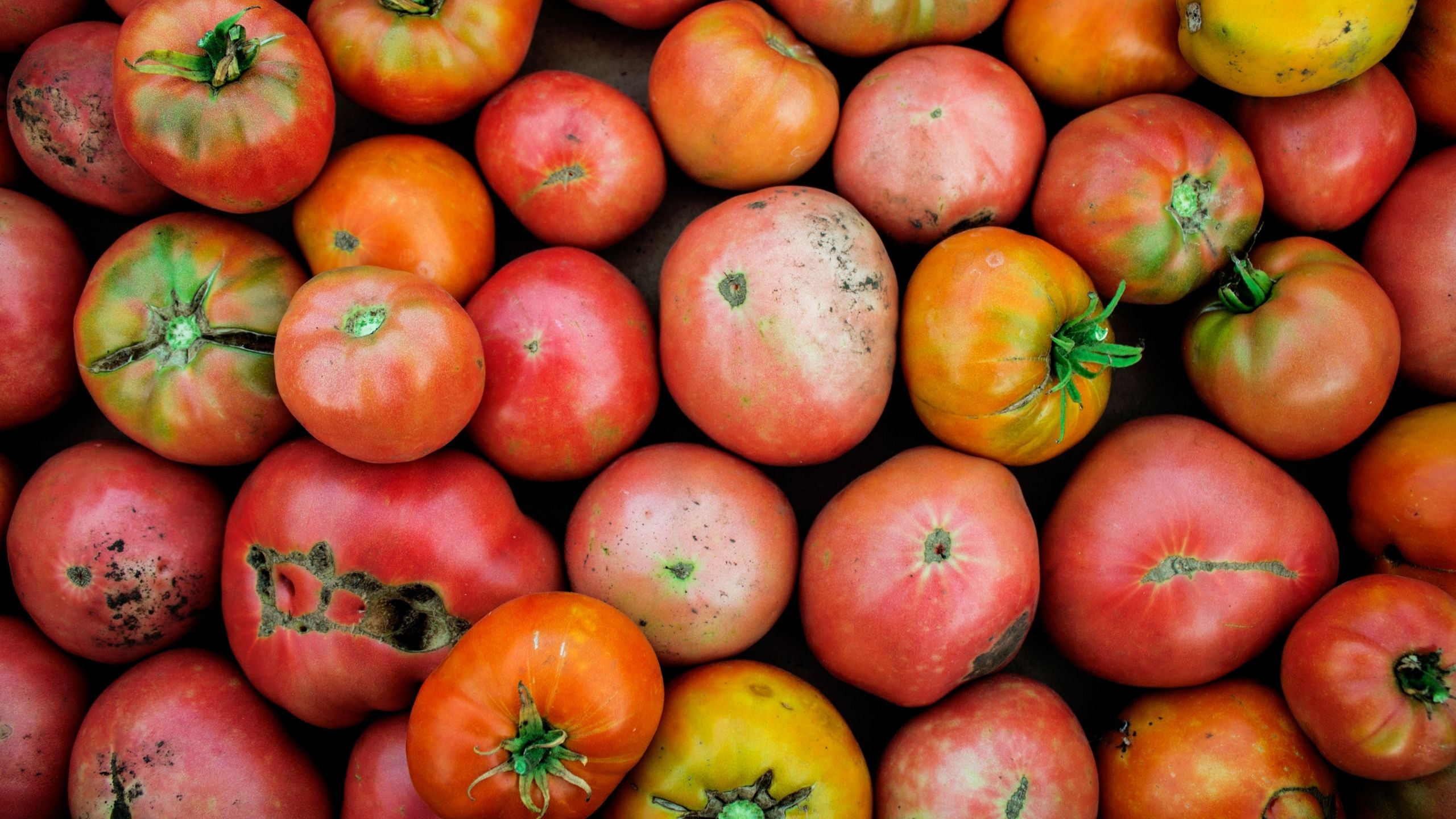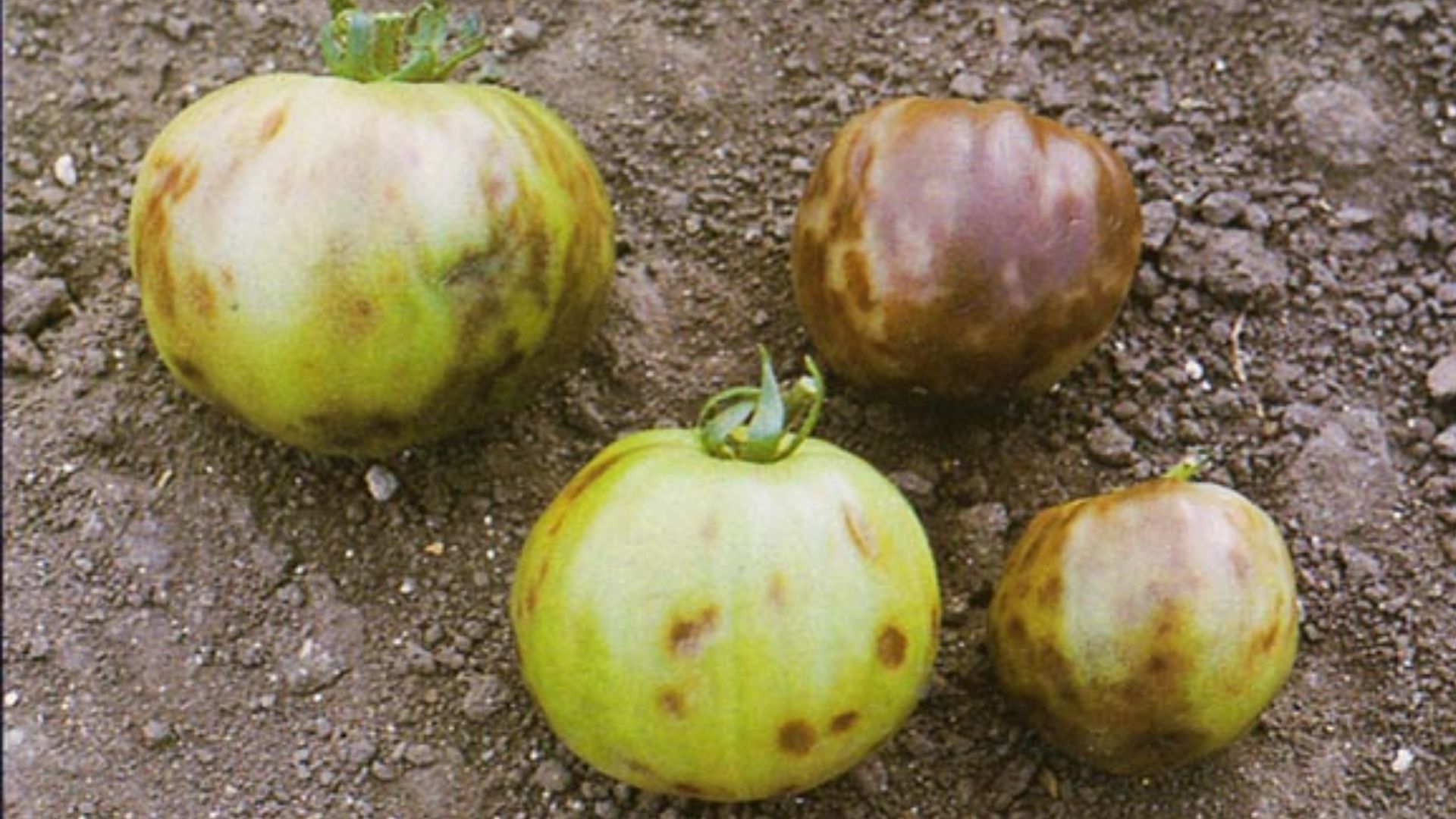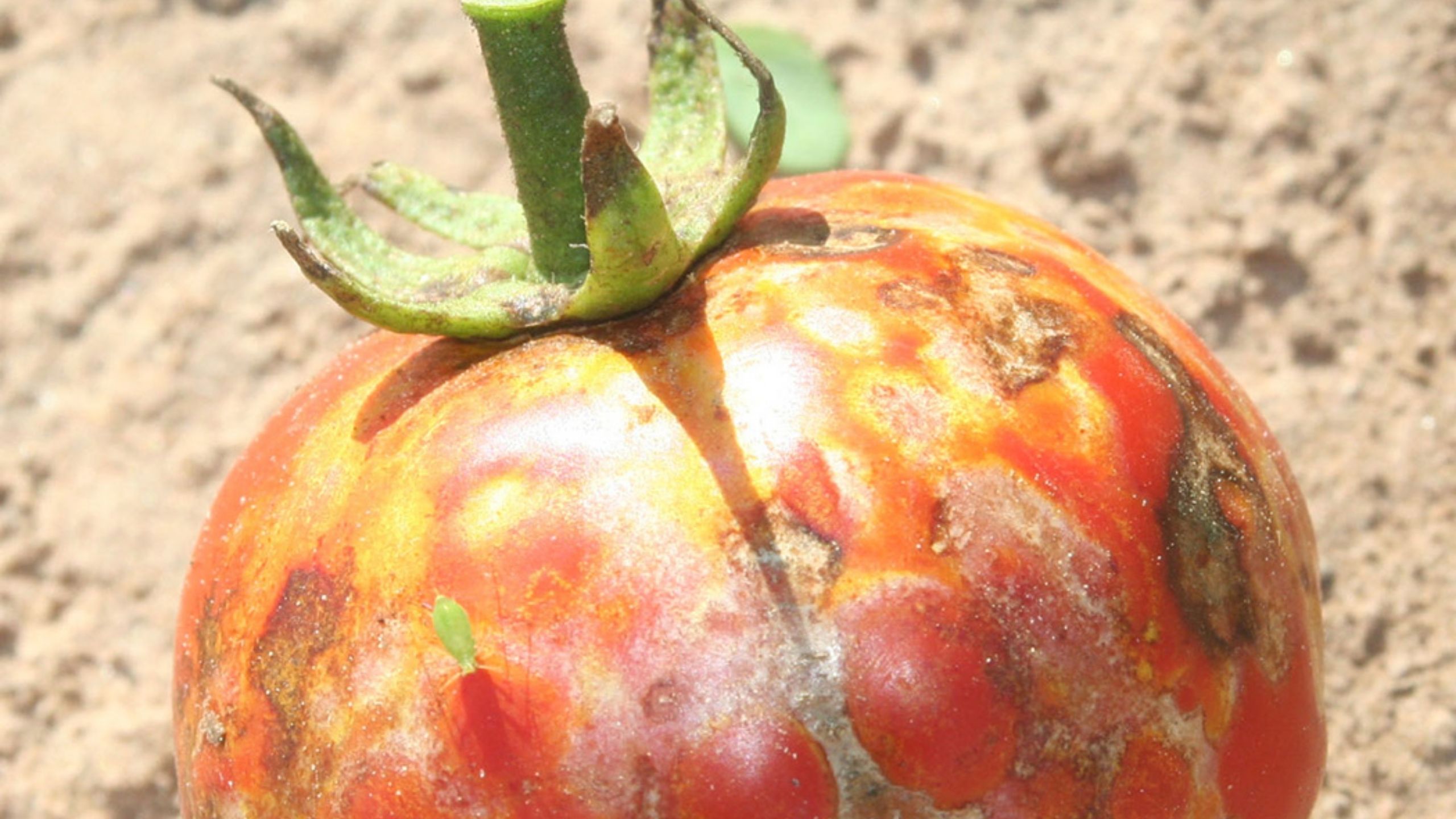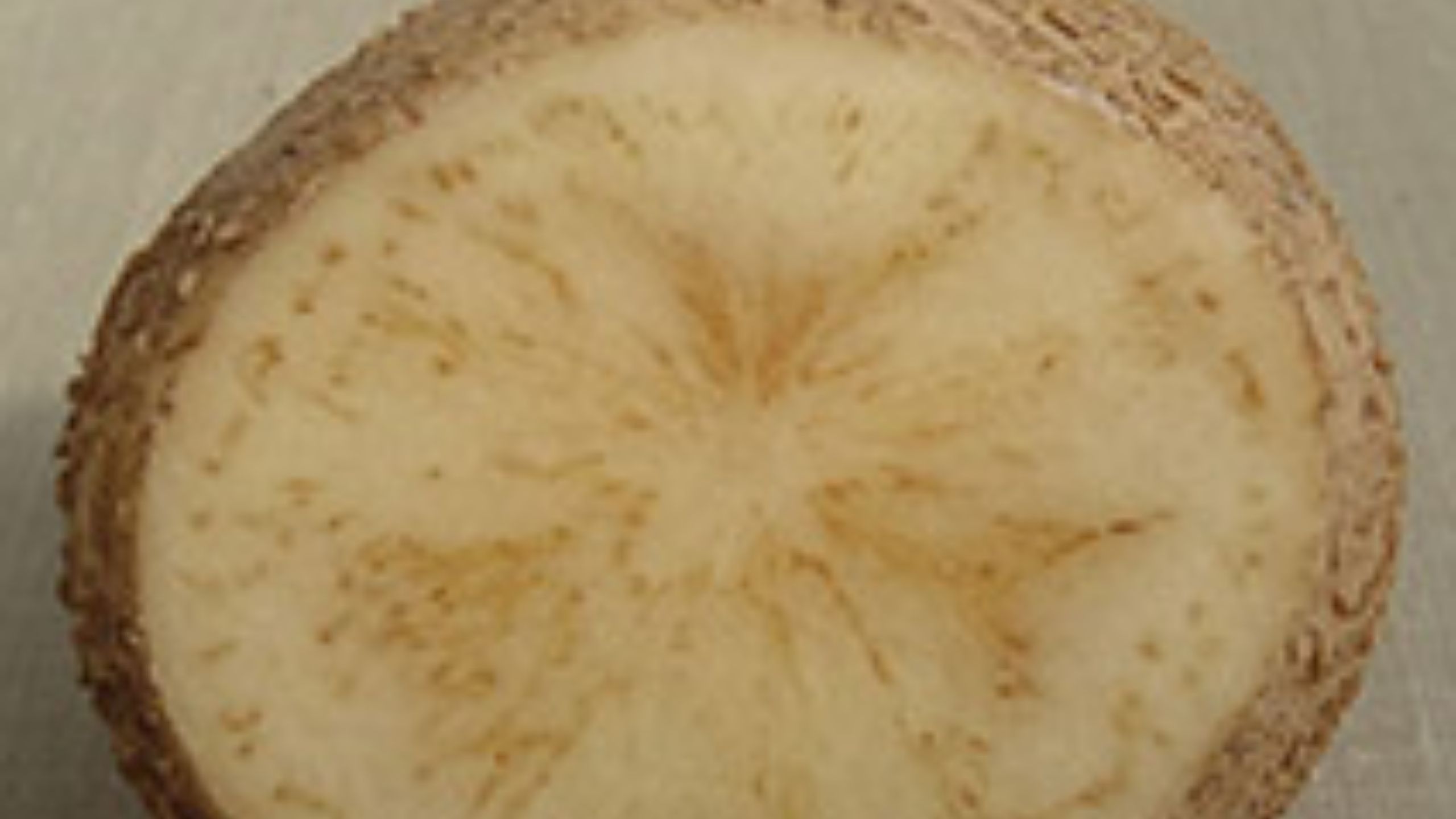Corn Smut
(Ustilago maydis)
July 2021
Kalen Taylor, Extension Agriculture Agent (Millard County) • Nick Volesky, Vegetable IPM Associate
Claudia Nischwitz, Extension Plant Pathologist • Marion Murray, Extension IPM Specialist
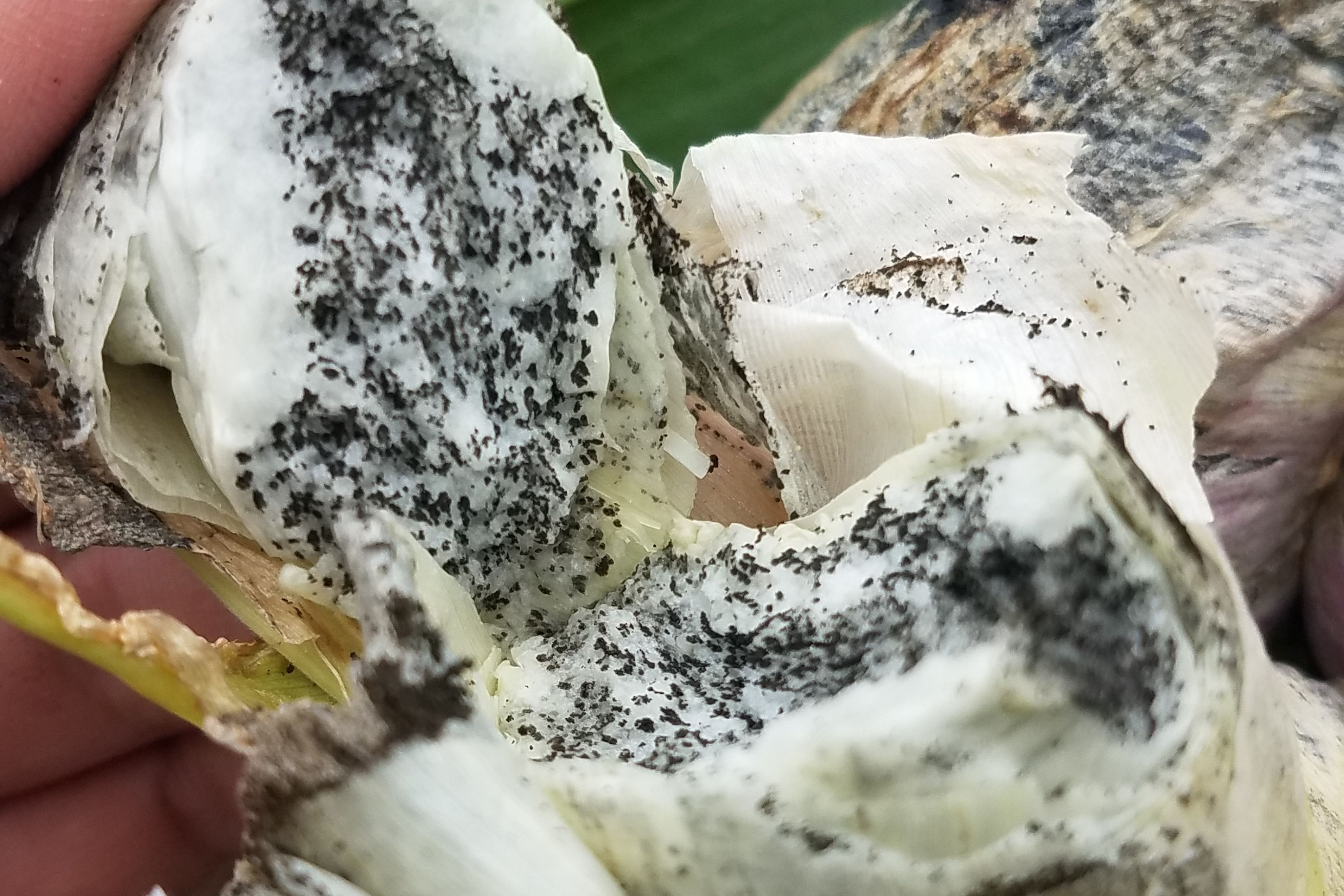
Fig. 1. Dark streaks appear inside galls as fungal strands develop into spores.
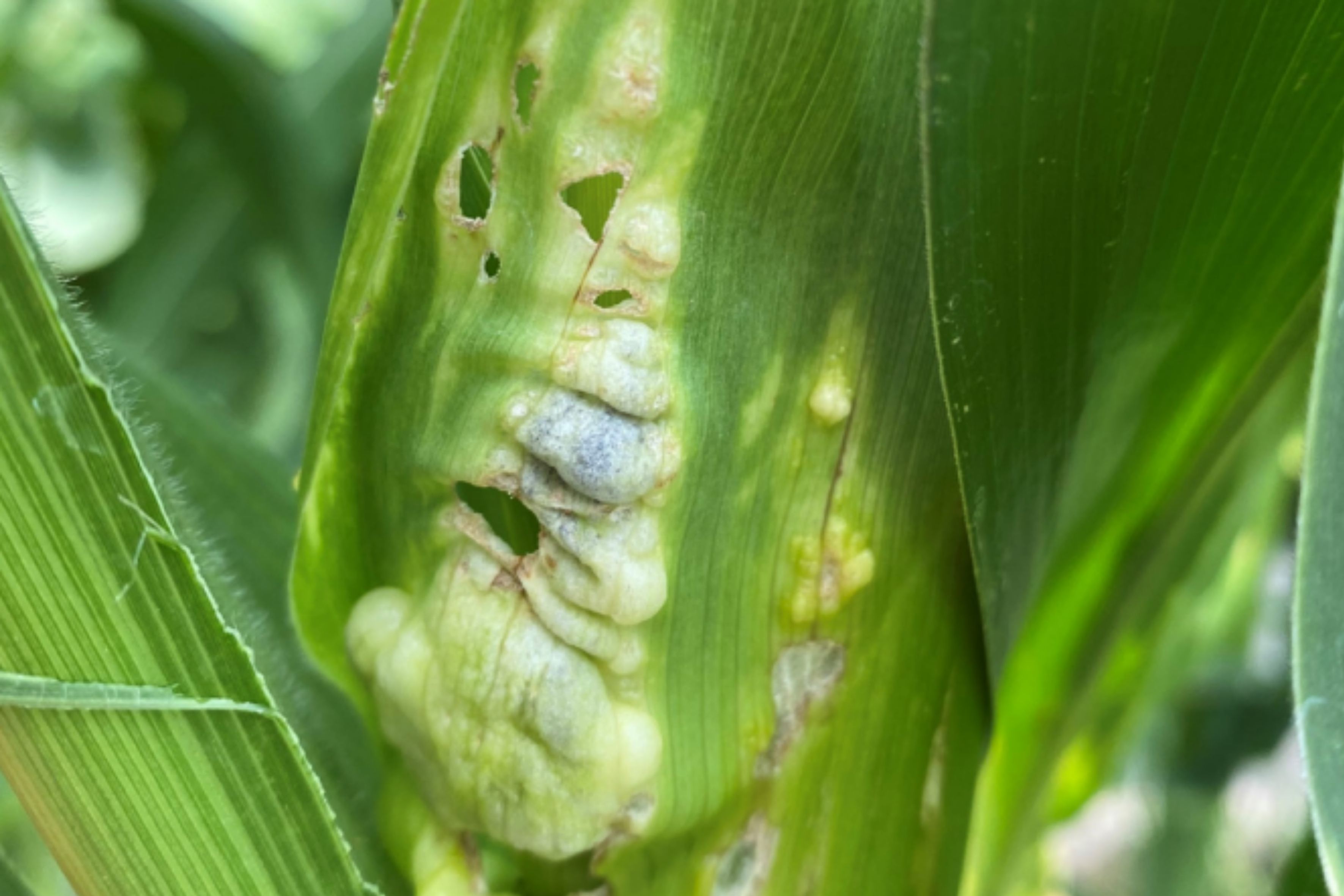
Fig. 2. Corn smut galls developing on leaves.
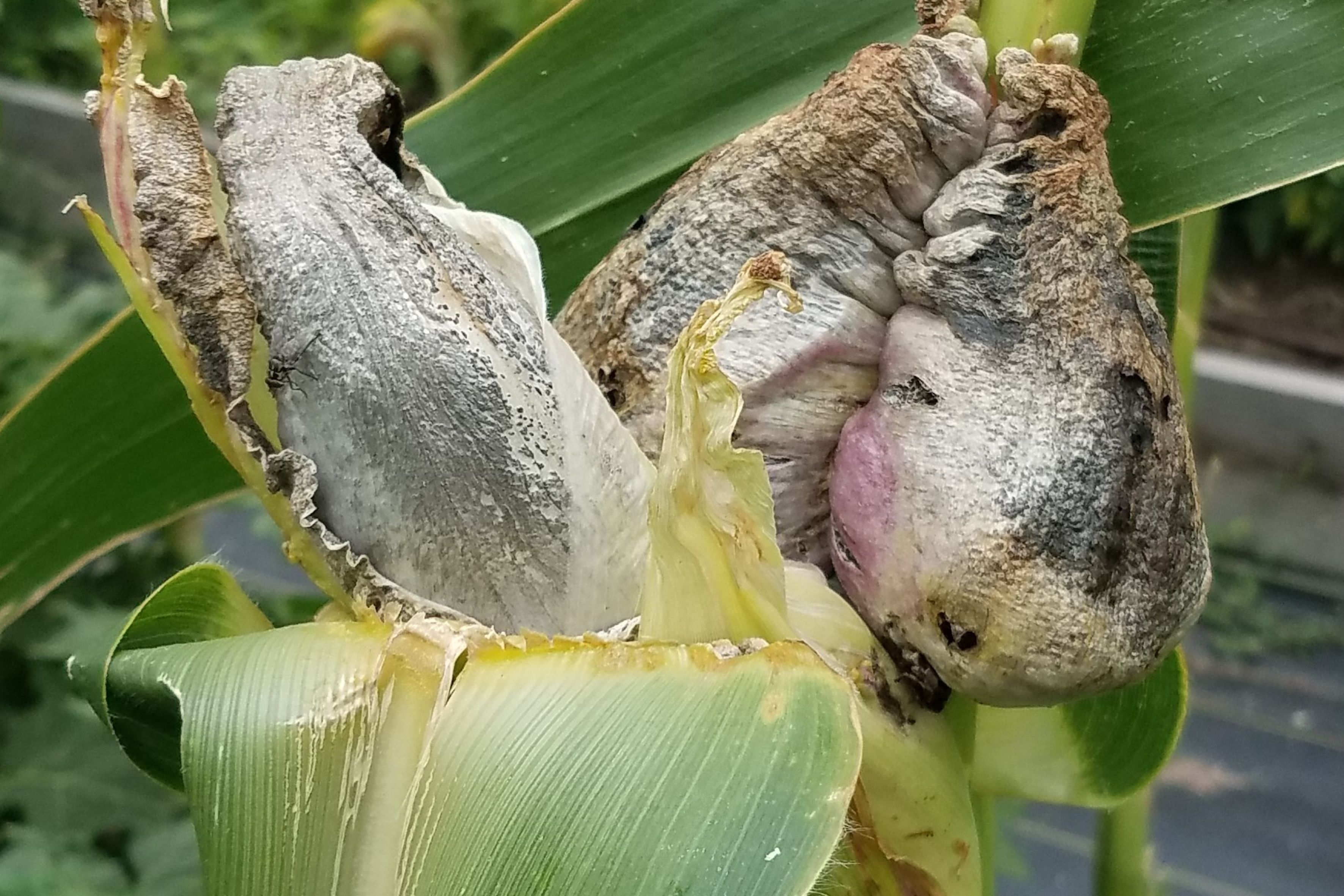
Fig. 3. Corn smut galls on foliage appear like blisters.
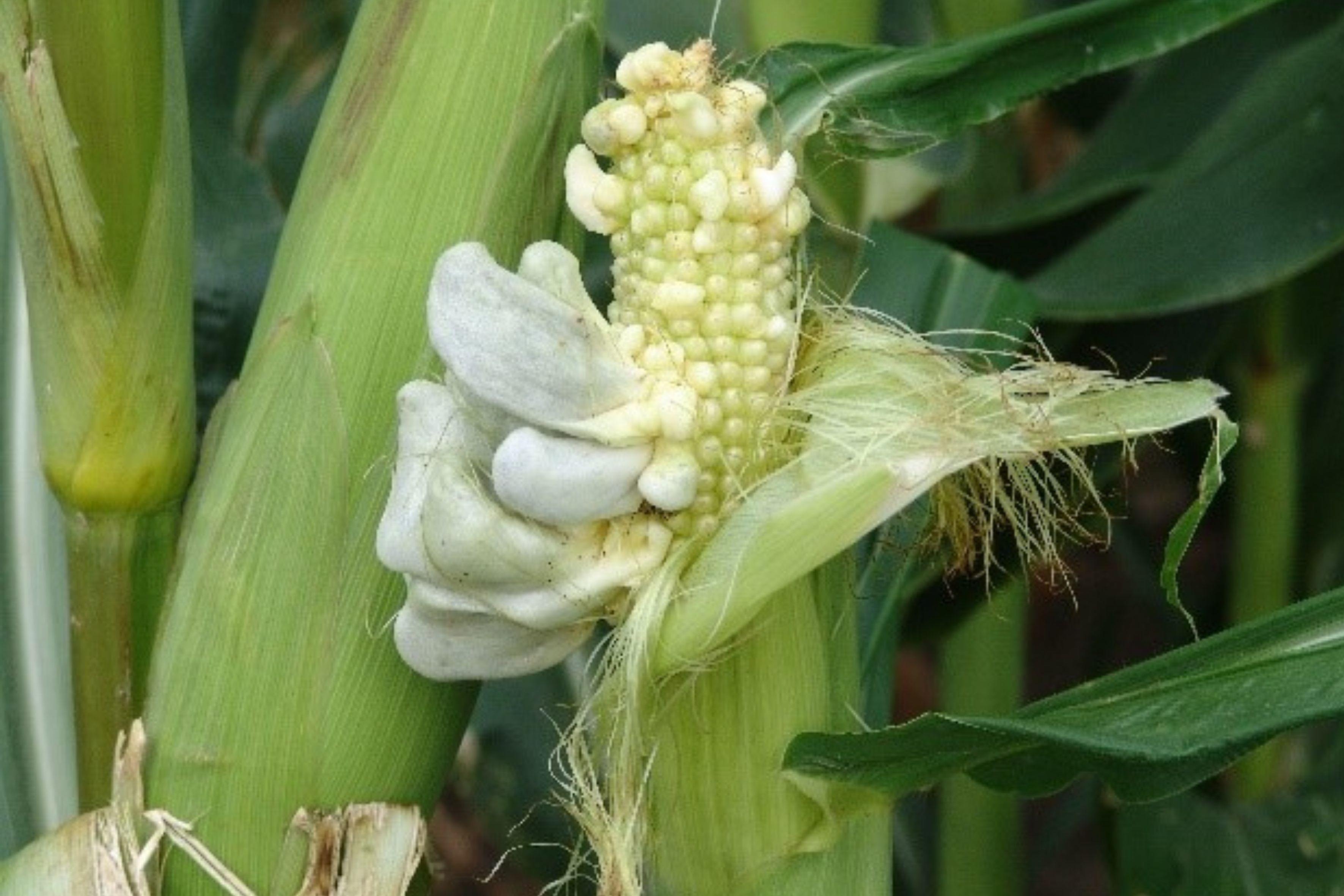
Fig. 4. Corn smut galls developing on kernels
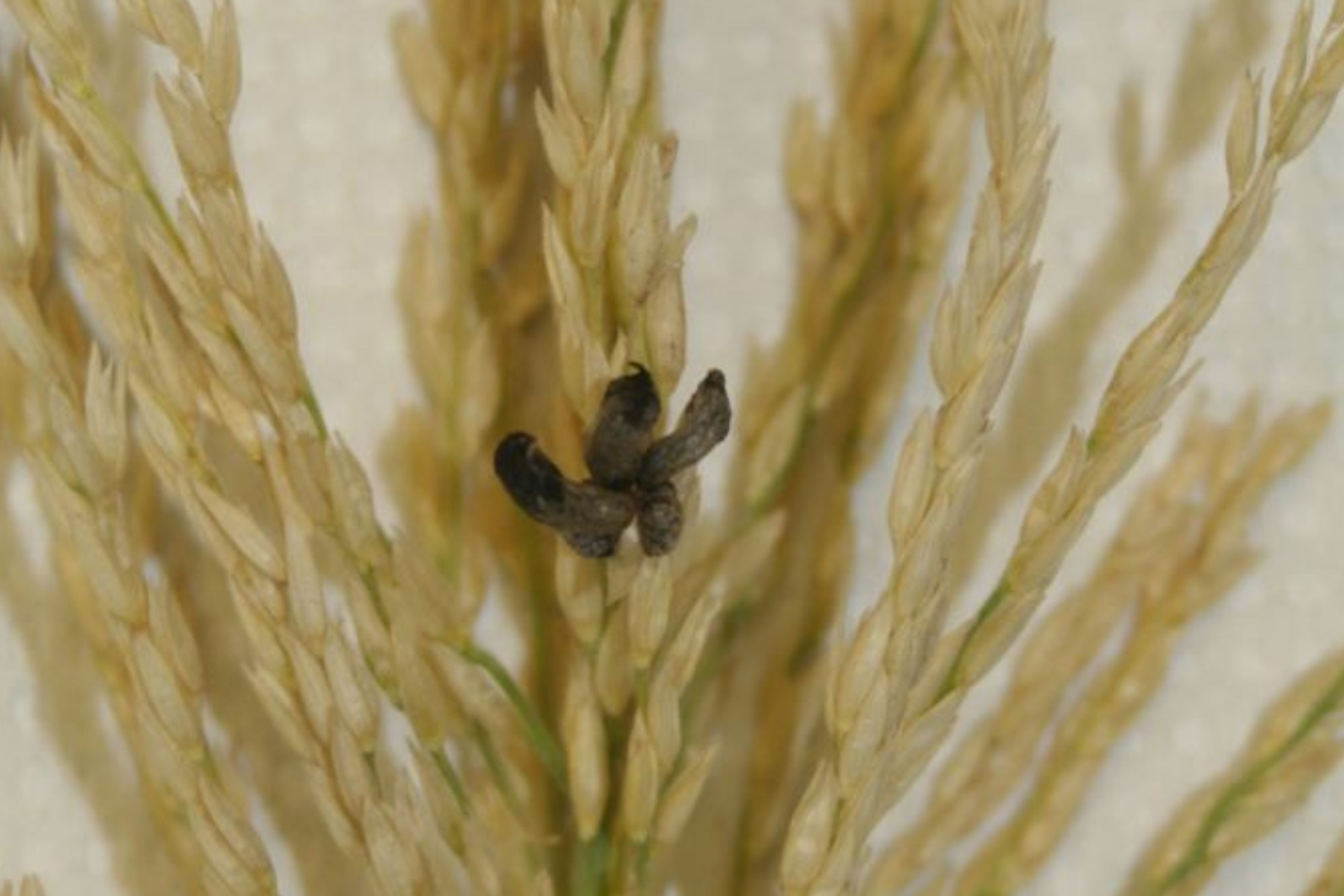
Fig. 5. Corn smut galls on tassles.
Quick Facts
- Corn smut is a fungal disease that causes swellings (galls) on ears, leaves, stalks, and tassels of sweet and field corn.
- Smut is rarely observed in Utah and is not considered economically important for grain production.
Corn smut is caused by the fungus Ustilago maydis. Smut rarely occurs in Utah and is not considered economically important for grain production. For home gardeners and small farms, serious smut infections on sweet corn can cause ears to be inedible. U. maydis spreads from plant to plant by wind-borne or watersplashed spores onto silks or through existing wounds. Therefore, keeping corn plants insect- and disease-free reduces the number of entry points for infections
Disease Cycle
The fungus overwinters in the soil or corn residue as black, resting spores called teliospores (Fig. 1). These spores can survive in the soil for several years. In spring, when temperatures range from 50 to 95°F and there is adequate moisture, teliospores germinate and form structures that produce sporidia, which are spores of two different mating types. Wind or splashing water moves these spores to young plants or wounded plant tissue where they enter plants via hyphae. Galls form in the plant when hyphae of the two different mating types merge and exchange genetic material, stimulating an increase in size and number of cells in the corn. In addition to sporidia, teliospores can also infect plants directly.
Although a plant can be infected anywhere and at any growth stage, infections of the ears are most common. This happens when spores land on the silk and grow down into the ear. The fungal growth causes the infected plant cells to multiply, forming a spongy, greenish-white gall (Fig. 2) within a few days. The gall continues to increase in size and eventually bursts, releasing thousands of black, powdery spores teliospores, which serve as the source of inoculum the following year
Identification
Corn smut is easily identifiable by fleshy tumor-like galls that develop on various plant parts such as ears, leaves, stalks, or tassels. Newly-formed galls are white but eventually turn brown and are filled with dark powdery spores. On leaves, galls are small and look like blisters (Fig. 3). On other parts of the plant, they are generally much larger (Fig. 4-5).
Management
- Corn plants infected with smut should be removed before galls burst to prevent spores from spreading or overwintering.
- Plant varieties of corn that have resistance to smut. Research from South Dakota State University found the following varieties to have some resistance: Ambrosia Apache Gold, Cup, Aztec, Bellringer, Calumet, Capitan, Cherokee, Comanche Hybrid, Comet, Golden Gleam, Golden Security, Serendipity, Merit, Stylepak Hybrid, Sweet Sue, Tendersweet, and Wintergreen (Draper, 2004).
- Maintain recommended fertility levels in corn production. Plants grown under high nitrogen levels or with high rates of manure have more tender tissue and thus, are more susceptible to the disease.
- Deep-plowing of corn stalks moves infected tissue into deeper soils, reducing inoculum.
- Avoid plant injury and insect damage. Fewer injuries reduce the number of entrance points for the fungus, thus reducing disease incidence.
There are no effective fungicide options to treat corn smut.
References and Further Reading
- Jackson-Ziems, T. A. (2014). Smut diseases of corn. [Fact sheet]. University of Nebraska Extension.
- Malvick, D. (2018). Common smut on corn. [Fact sheet]. University of Minnesota Extension.
- Draper, M. (2004). Common corn smuts. [Fact sheet]. South Dakota State University Extension.
Image Credits
1, 2, 3 Nick Volesky, Utah State University
4 Tamara A. Jackson-Ziems, University of Nebraska
5 Claudia Nischwitz, Utah State University
Related Research


